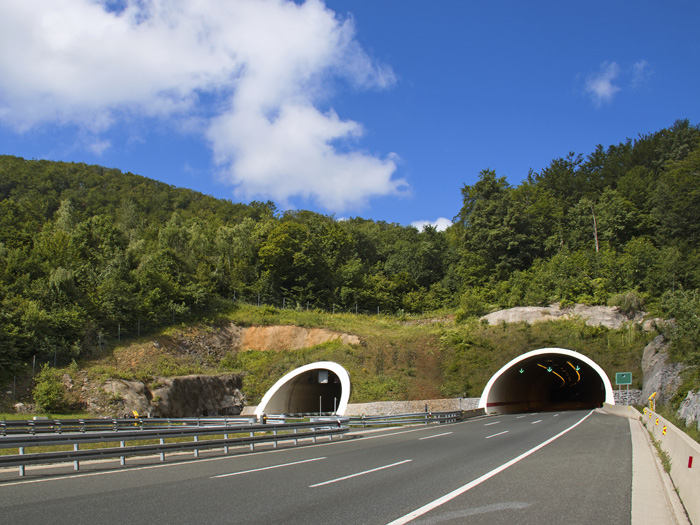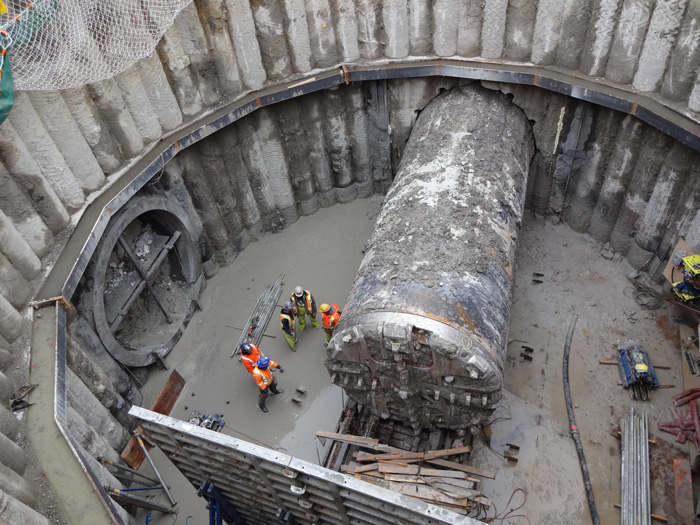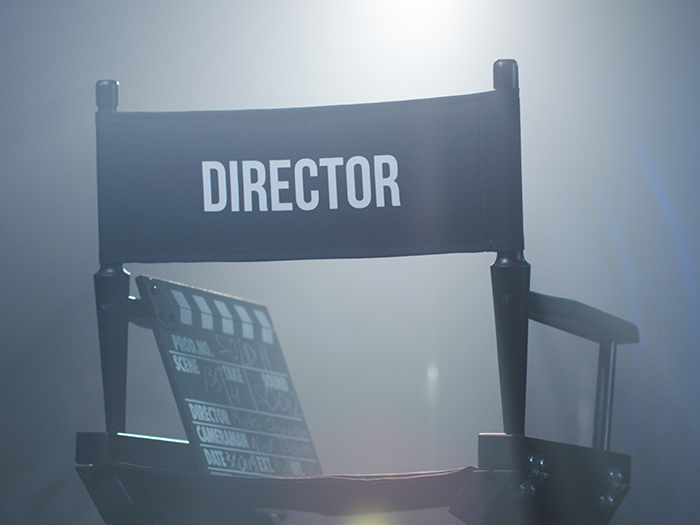Sponsored: Liberty International Underwriters
A New Dawn in Civil Construction Underwriting

Pennsylvania school children know the tunnels on the Pennsylvania Turnpike by name — Blue Mountain, Kittatinny, Tuscarora, and Allegheny.
San Francisco owes much of its allure to the Golden Gate Bridge. The Delaware Memorial Bridge commemorates our fallen soldiers.
Our public sector infrastructure is much more than its function as a path for trucks and automobiles. It is part of our national and regional identity.
Yet it’s widely known that much of our infrastructure is inadequate. Given the number of structures designated as substandard, the task ahead is substantial.
The Civil Construction projects that can meet these challenges, however, carry a unique set of risks compared to other forms of construction.
“The bottom line is that there is always risk in a Civil Construction project. If the parties involved don’t understand what risk they carry, then the chances are there are going to be some problems, and the insurers would ideally like to understand the potential for these problems in advance.”
— Paul Hampshire, Vice President – Civil Construction, LIU
The good news is that recent developments in construction standards and risk management techniques provide a solid foundation for the type and risk allocation of Civil Construction projects they are underwriting. Carriers need to be able to adequately assess the client and design and construction teams that are involved.
For Builder’s Risk Programs, a successful approach prioritizes a focus on four key factors. These factors are looked at not only during the underwriting phase of the project but also in the all-important site construction phase, under the umbrella of a Risk Management Program, or RMP.
Four key factors
Four key factors that LIU focuses on in underwriting and providing risk management services on a Civil Construction project include:
1. Resource knowledge and experience: When creating a coverage plan, carriers work to understand who is delivering the project and how well suited key staff members are to addressing the project’s technical and management challenges. Research has shown that the knowledge and experience of those key players, combined with their ability to communicate effectively, is a big factor in the project’s success.
“We look to understand who is delivering a project, their expertise and experience in delivering projects of similar technical complexity in similar working conditions, even down to looking at the resumés of people in key positions,” said Paul Hampshire, Houston-based Vice President with Liberty International Underwriters.
2. Ground conditions and water: Soil and rock composition, the influence of ground and surface water, and foundation stability are key additional considerations in the construction of bridges, tunnels, and transit systems. If a suitable level of relevant ground (geotechnical) investigation and study has not been undertaken, or the results of such work not clearly interpreted, then it’s a red flag to underwriters, who would then question whether the project risk profile has been adequately evaluated and risks clearly and transparently allocated via suitable contract conditions.
 “As we all know, ground is very rarely a homogenous element within Civil Construction projects,” LIU’s Hampshire said.
“As we all know, ground is very rarely a homogenous element within Civil Construction projects,” LIU’s Hampshire said.
“It tends to vary from any proposed geotechnical baseline specification with the consequential potential for changes in behavior during construction. We need to understand who has assessed the condition of the ground, its behavior and design parameters when compared with a particular method of construction, and all importantly, who has been allocated the ground risk in a project and the upfront mechanisms for contractual ground risk sharing, if applicable,” he said.
Knowing how much water is associated with the in-situ ground conditions as well as the intensity, distribution and adequate accommodation (both in the temporary as well as in the permanent project configurations) of rainfall for a site location and topography are also key. Tunneling projects, for example, can be hampered by the presence of too much or unforeseen quantities of groundwater.
“In major tunneling infrastructure projects, the influence of in-situ groundwater pressures and /or water inflows is a major factor when considering the choice of excavation method and sequence as well as tunnel lining design requirements,” LIU’s Hampshire said.
According to a recent article in Risk & Insurance, tunneling under a body of water is one of the most challenging risk engineering feats. Adequate drainage layouts and their installation sequence for highway projects and, in particular, the protection of sub-grade works are also important. “But under all circumstances, we need to understand how the water conditions have been evaluated,” Hampshire said.
3. Technical Challenges: This risk factor encompasses the assessment of the technical novelty or prototypical nature of the project (or more often, specific elements of it) and how well the previously demonstrated experience of both the design and construction teams aligns with the project’s technical requirements and the form of contract determined for the project. The client can choose the team, but savvy underwriters will conduct their own assessment to see how well-suited the team is to technical demands of the project.
4. Evaluation of Time and Cost: With limited information generally provided, we need to be able to verify as best as possible the adequacy of both the time and cost elements of the project. Our belief is simply that projects that are insufficient in either one or both of these elements potentially pose an increased risk, as the construction consortium tries to compensate for these deficiencies during construction.

Small diameter Tunnel Boring Machine designed for mixed ground conditions and water pressures in excess of 2.5 bar.
New standards
In the 1990s and early years of this millennium, a series of high-profile tunnel failures across the globe resulted in major losses for Civil Construction underwriters and their insureds.
In the early 2000s, both the tunnel and insurance industries worked together to create new standards for high-risk tunneling projects.
A Code of Practice for the Risk Management of Tunnel Works (TCoP) is increasingly relied on by project managers and underwriters to define the best practices in tunnel construction projects. This process ideally starts at project inception (conceptual design stage or equivalent) and continues to the hand-over of the completed project.
LIU’s Hampshire said alongside TCoP, the project-specific Geotechnical Baseline Report and its interpretation and reference within the project contract conditions gives the underwriter greater clarity as to who recognizes and carries the ground risk and how it’s allocated.
“The bottom line is that there is always risk in a Civil Construction project,” Hampshire said. “Is the risk transparently allocated or is it buried? If the parties involved don’t understand what risk they carry, then the chances are there are going to be some problems, and the insurers would ideally like to understand the potential for these problems in advance,” Hampshire said.
Paul Hampshire can be reached at [email protected].
To learn more about how Liberty International Underwriters can help you conduct a Civil Construction risk assessment before your next project, contact your broker.
This article was produced by the R&I Brand Studio, a unit of the advertising department of Risk & Insurance, in collaboration with Liberty International Underwriters. The editorial staff of Risk & Insurance had no role in its preparation.










